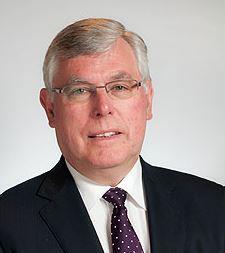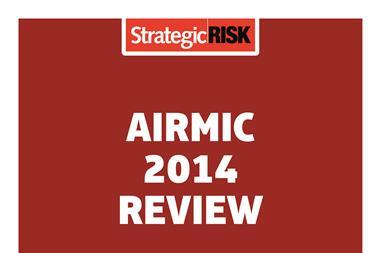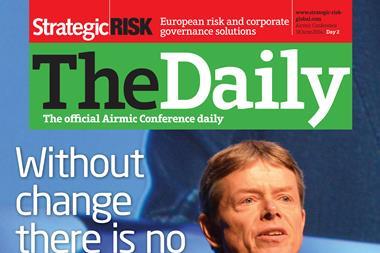A new breed of risk advisers is emerging – the enterprise-wide risk manager. Three risks professionals discuss how this taking place

This year’s Airmic conference, themed ‘Shaping the future of risk’, will grapple with some interesting ideas about the changing role of the risk manager.
As the conference starts, we caught up with some of delegates and other risk managers across Europe to ask their views on the subject.
The consensus from our investigation is that risk management is splitting into two camps. On one side are traditional risk managers, often specialising in a specific area of risk and/or insurance purchasing.
On the other, a new breed of enterprise-wide risk advisers is emerging, people who take a holistic approach to identify risk and advise decision-makers on potential consequences.
Both are equally important in managing and preventing risk, but for those interested in becoming entreprise-wide risk managers, three risks professionals sum up how to achieve this.
Step one: take a broader view on risks
“You can start by looking at global risks,” says Elaine Heyworth, safety and assurance director at Heathrow Express. “Heathrow Express is very much a UK business, but my audience is international. So I look at a much wider perspective. There is globalisation of supply chain, globalisation of people, and the effect of climate change. You have to be willing to take that on.”
Heyworth also counsels risk managers to encourage diversity to raise the quality of their conversation about risk. “It’s about different people thinking in different ways. It’s male and female, but it’s also gay and straight, disabled, Asian, African, all kinds of different people. You really, really don’t see it in the risk space; it’s all white, middle-aged men, having the same debate all the time. A different point of view is absolutely critical for risk management.”
Step two: understand the profit and loss
Next, risk managers need to take their new, broader knowledge of risk and to understand the potential effect on the entire organisation, including any possible financial consequences.
“Now more than ever, risk managers need to understand the risk landscape and be able to quantify it from a financial point of view,” explains Peter Hacker, chief executive of JLT Specialty Ltd’s global communications and technology practice. “What could be the effect on the profit and loss account, on earnings per share?” One way a risk manager might add value doing this is when an organisation looks to expand into new territories, something Western European firms are increasingly doing in their quest for growth.
“I know about a case where people were ready, from a technical viewpoint, to acquire a piece of land, but nobody had noticed it was situated in a frequently flooded area,” says Carl Leeman, chief risk officer of Katoen Natie, a global logistics company.
“There is potentially a big added value from risk management, you can advise on issues such as ‘this is the type of country, these are the political risks, these are the natural risks, is it a fl ooding area, an earthquake area, a windstorm area etc’. You should maybe not forbid people to invest there, but they should obtain the correct information to take into account and, as such, be able to adapt to it.”
Step three: communicate/influence
After identifying where they can add value, the challenge for enterprise-wide risk managers is to communicate it. This concerns less their job title and reporting line, but is more about developing networks of influence.
Gaëtan Lefèvre, group risk and insurance manager at CMI, and chair of Belrim, the Belgian risk managers’ association, says: “Risk managers need to be close to the decision-makers. That doesn’t mean reporting directly to the chief executive, but the risk manager needs to be well informed to develop their function and to be involved in the decision process or they will be lost in the coming years. It’s important to develop a way to advise the decision- makers. You have a hierarchy, but you also have an influence network. Risk managers become like an adviser to the important people of the company, but the risk remains with the manager.”
Personality goes a long way too, because the risk manager of the future needs to persuade senior management that their advice is worth taking.
Heyworth says: “A lot of it ties around personality. You have to be prepared with your elevator pitch. If you bump into your chief executive in the lift, what would you say?”
The ability to build a reputation for being a dynamic, responsive risk professional is vitally important in protecting the organisations of the future. “The winners in the long run,” Hacker says, “are going to be the ones willing to develop all these skills, not only in theory but in practice, and I believe that there’s a lot of upside if we do this right.”




















No comments yet